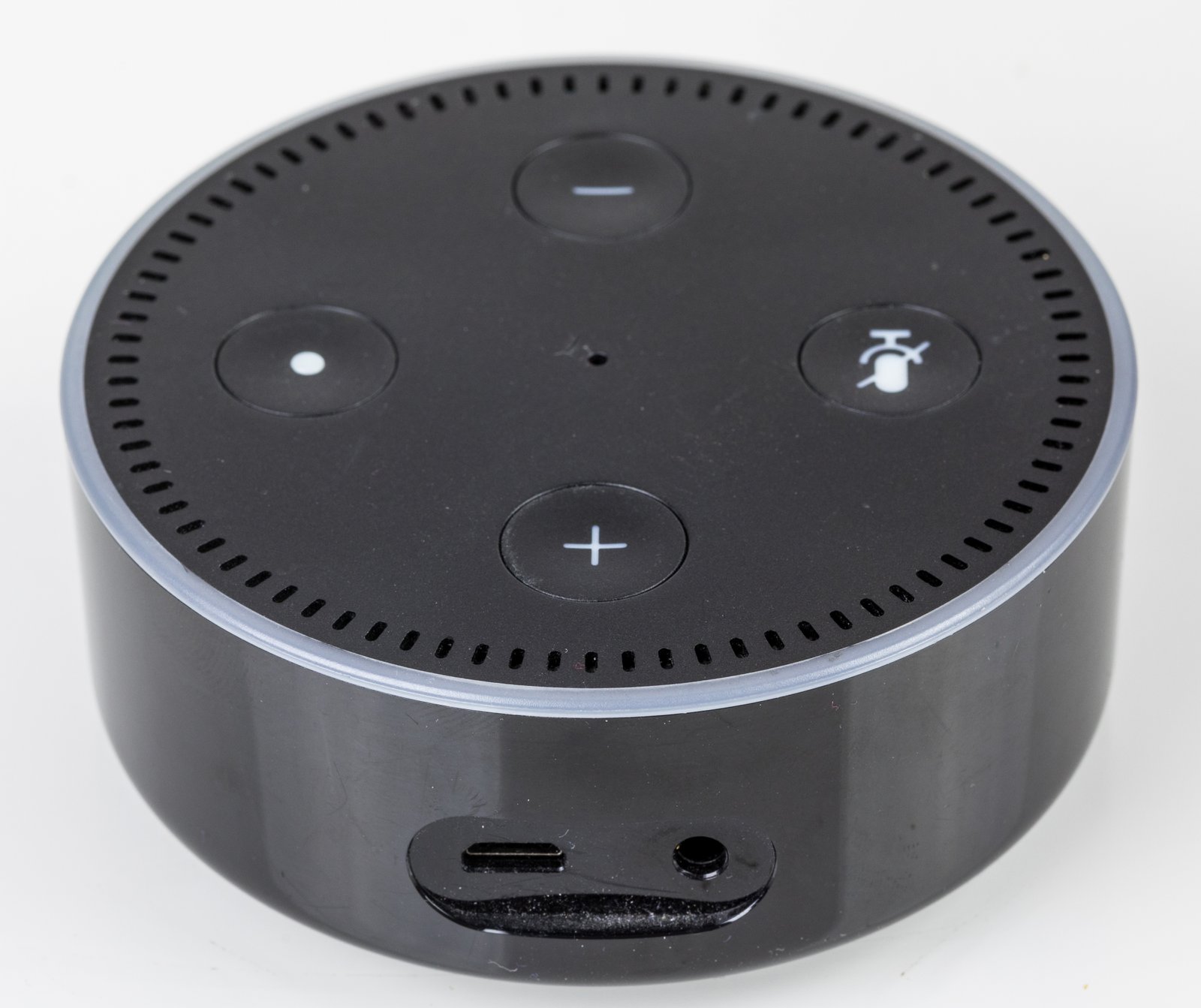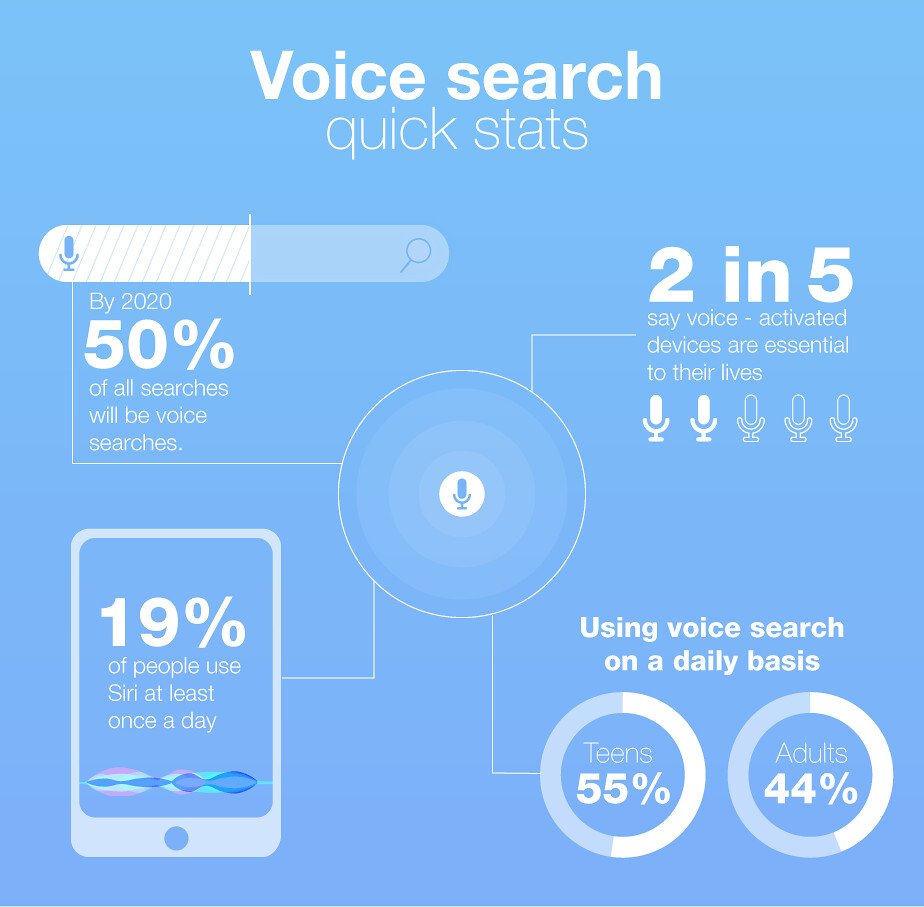In a world where technology is ever-evolving, our voices have become the key to unlocking a seamless and efficient online experience. Gone are the days of frantic typing and scrolling, as the vocal revolution sweeps across the digital realm. Welcome to the era of Voice Activated Search Optimization, where our words are no longer confined to the realm of conversation but hold the power to navigate the vast expanse of the internet. In this article, we delve into the exciting developments that have propelled voice recognition technology to the forefront, exploring how businesses and individuals can harness its potential for a truly transformative online presence. Get ready to embrace the vocal revolution and witness the dawn of a new era in search optimization!
Table of Contents
- 1. The Rise of Voice-Activated Search: Understanding the Shift in User Behavior
- 2. Unleashing the Potential: The Benefits of Voice-Activated Search Optimization for Businesses
- 3. How to Optimize Content for Voice-Activated Searches: Strategies and Best Practices
- 4. The Future of Voice-Activated Search: Navigating the Evolving Landscape
- Q&A
- The Way Forward

The rise of voice-activated search has sparked a vocal revolution in the world of search engine optimization. With the increasing popularity of smart devices like Amazon Echo, Google Home, and Apple Siri, more and more people are using their voices to search for information online. This shift in user behavior presents unique opportunities and challenges for businesses looking to optimize their websites for voice search.
So, how can you embrace voice-activated search optimization? Here are some key strategies to consider:
- Conversational Keywords: Unlike traditional text-based searches, voice searches tend to be more conversational in nature. People are more likely to ask questions or use natural language when speaking their queries. Therefore, it’s crucial to incorporate conversational keywords into your content. Think about how people would verbally ask a question related to your business and incorporate those phrases naturally into your website’s copy.
- Featured Snippets: Featured snippets are concise bits of information that appear at the top of search engine results pages (SERPs). These snippets are often read aloud by voice assistants, making them prime real estate for voice search optimization. To increase your chances of appearing as a featured snippet, aim to provide clear and concise answers to commonly asked questions in your content.
- Local SEO: Voice searches are often location-specific. People use their voices to find nearby restaurants, stores, or services. To capitalize on this trend, optimize your website for local search by including your business address, phone number, and relevant local keywords. Additionally, make sure your website is listed on online directories like Google My Business, Yelp, and TripAdvisor.

1. The Rise of Voice-Activated Search: Understanding the Shift in User Behavior
The rise of voice-activated search has revolutionized the way users interact with technology. With the advent of virtual assistants like Siri, Google Assistant, and Alexa, users can now perform tasks and search for information simply by speaking their queries out loud. This shift in user behavior has had a profound impact on the way businesses approach search engine optimization (SEO) and digital marketing.
One of the key factors driving the popularity of voice-activated search is convenience. Users can now look up information hands-free, making it more accessible in various situations like cooking or driving. Additionally, voice search provides quicker and more natural results compared to traditional text-based searches. The ability to ask detailed questions or even conduct conversations with virtual assistants has transformed the search experience, allowing users to effortlessly find the information they need. It’s estimated that by 2023, voice-activated searches will account for 8 billion queries per month.
So, how can businesses adapt and embrace this vocal revolution? Here are some strategies to optimize for voice-activated search:
- 1. Understand voice search queries: Voice searches tend to be longer and in the form of questions. Tailoring your content to answer common voice queries can help increase your visibility in search results.
- 2. Focus on conversational keywords: Unlike text-based searches, voice queries mimic actual conversations. Incorporating long-tail keywords and natural language in your content can enhance its compatibility with voice search algorithms.
- 3. Optimize for featured snippets: Virtual assistants often rely on featured snippets to provide immediate answers to user queries. Structuring your content to capture these snippets can significantly boost your visibility and attract voice-activated search traffic.
By adapting your SEO and content strategies to cater to voice-activated search, you can tap into the growing user demand and reach a wider audience. Embrace this vocal revolution and optimize your online presence for the future of search!

2. Unleashing the Potential: The Benefits of Voice-Activated Search Optimization for Businesses
The Benefits of Voice-Activated Search Optimization for Businesses
As technology continues to advance, voice-activated search optimization has emerged as a game-changer for businesses. This revolutionary approach to search engine optimization (SEO) focuses on optimizing websites and content for voice searches rather than traditional text-based queries. Here are some key benefits that businesses can reap by embracing this vocal revolution:
1. Enhanced User Experience
Voice-activated search optimization drastically improves the user experience by providing quicker and more convenient search results. With voice search, users can simply speak their queries instead of typing them out, saving time and effort. By optimizing your website for voice searches, you ensure that your content is easily accessible to users who prefer this hands-free approach. This not only enhances user satisfaction but also increases the likelihood of them returning to your site for future searches.
2. Increased Website Traffic
By incorporating voice search into your SEO strategy, you tap into a whole new audience segment. According to recent studies, voice searches account for a significant portion of overall search volume, with more and more people turning to smart speakers and voice assistants like Siri and Alexa for information. Optimizing your website for voice search allows you to capture this growing market and drive additional traffic to your site. It also positions your business as an industry leader fully in tune with the latest technological trends.

3. How to Optimize Content for Voice-Activated Searches: Strategies and Best Practices
Voice-activated searches are revolutionizing the way we interact with technology, and as a content creator, it’s essential to optimize your content for this new trend. With the increasing popularity of voice assistants like Siri, Google Assistant, and Alexa, it’s crucial to ensure your content is voice-friendly and easily discoverable. Here are some strategies and best practices to help you optimize your content for voice-activated searches:
1. Conversational Language: When it comes to voice searches, people tend to use conversational language rather than traditional keyword-focused queries. Optimize your content by using natural language and incorporating long-tail keywords that reflect how people speak rather than just typing. For example, instead of optimizing for “best pizza restaurants,” consider using phrases like “where can I find the best pizza in town?”
2. Answer Questions: Voice searches often involve question-based queries, so it’s crucial to provide concise and accurate answers within your content. Consider incorporating an FAQ section into your articles, addressing common questions related to your topic, and providing valuable insights. By focusing on question-based content, you increase the chances of your content being featured as a voice search result.

4. The Future of Voice-Activated Search: Navigating the Evolving Landscape
In recent years, voice-activated search has taken the world by storm, with the rise of virtual assistants such as Siri, Alexa, and Google Assistant. This vocal revolution has fundamentally changed the way people search for information online, and as technology continues to advance, it’s crucial for businesses to navigate the evolving landscape of voice-activated search optimization to stay ahead of the game.
So, what does the future hold for voice-activated search? Let’s take a look at some key insights and trends:
- Increased Voice Search Adoption: As more and more people become comfortable with using voice commands to interact with their devices, the adoption of voice-activated search is expected to skyrocket. In fact, studies predict that by 2022, over half of all searches will be voice-based. This means that businesses need to optimize their online presence to ensure they are discoverable through voice searches, or risk being left behind.
- Localized Voice Search: Voice search often has a strong local focus, with users looking for immediate and relevant information. For example, someone might ask their virtual assistant, “Where is the nearest coffee shop?” As a business, you need to ensure your website and online listings are optimized for local searches, including accurate addresses, phone numbers, and business hours.
- Question-Driven Queries: Unlike traditional text-based searches, voice queries tend to be more conversational and question-driven. Users are more likely to ask full questions such as, “What are the best restaurants in my area?” rather than keyword phrases. To optimize for this trend, focus on creating content that directly answers frequently asked questions related to your industry or niche.
- Featured Snippets: Featured snippets, also known as “position zero,” are concise pieces of information that appear at the top of search engine results. These snippets are highly coveted in voice-activated search because virtual assistants often read them aloud as the answer to a user’s query. To increase your chances of being featured, provide clear and concise answers to commonly asked questions on your website, making it easy for search engines to extract the information.
These are just a few aspects to consider when envisioning the future of voice-activated search. By embracing these trends and optimizing your online presence accordingly, you can position your business for success in a voice-driven digital landscape. Remember, staying ahead requires constant adaptation and innovation.
Q&A
Q: What is voice activated search optimization?
A: Voice activated search optimization refers to the process of optimizing websites and content for voice-activated searches performed through virtual assistants like Siri, Alexa, or Google Assistant. It involves tailoring website content to match natural language queries made in spoken form.
Q: Why should I care about voice activated search optimization?
A: Voice search is rapidly gaining popularity, becoming a substantial portion of overall search traffic. By optimizing your content for voice queries, you can increase your chances of being found by potential customers and improve your overall website visibility.
Q: How does voice search differ from text-based search?
A: Unlike text-based search, voice search queries are often longer, more conversational, and phrased in the form of questions. When optimizing for voice search, it is crucial to understand the user’s intent behind their query and provide concise, relevant answers.
Q: Can you provide some tips for optimizing websites for voice search?
A: Certainly! Start by focusing on long-tail keywords and phrases that closely mimic conversational speech patterns. Create content that answers specific questions relevant to your industry or products. Optimize your website’s metadata and structure to ensure easy navigation for both search engines and human users.
Q: What role does featured snippets play in voice search optimization?
A: Featured snippets, also known as “position zero,” are crucial in voice search optimization. When a virtual assistant provides an answer to a voice query, it typically reads out the featured snippet. Structuring your content to appear as a featured snippet increases your chances of being selected for voice search answers.
Q: Should businesses consider investing in voice-activated search optimization?
A: Absolutely! Voice search is expected to continue its upward trajectory. By embracing voice-activated search optimization, businesses can stay ahead of the curve and remain competitive, ensuring that their content is easily discoverable by voice search users.
Q: Are there any downsides to voice activated search optimization?
A: While voice search optimization provides several benefits, it’s important to note that implementing it requires a dedicated effort. It requires understanding user behavior, crafting content specifically for voice queries, and continuously adapting to evolving search trends. However, the potential rewards often outweigh the additional effort required.
Q: How can companies measure the effectiveness of their voice activated search optimization efforts?
A: Companies can monitor the effectiveness of their voice search optimization efforts through tracking website traffic from voice searches, analyzing user engagement metrics, and keeping an eye on keyword rankings for voice queries. Regularly evaluating these metrics will help gauge the success and impact of voice search optimization strategies.
Q: What does the future hold for voice-activated searches?
A: Voice-activated searches are anticipated to become even more prominent in the future. As technology continues to improve, virtual assistants will become smarter and more conversational, allowing users to perform various tasks using voice commands. Therefore, staying ahead of the vocal revolution is crucial for businesses to remain relevant and successful in the ever-changing digital landscape.
The Way Forward
As we wrap up this journey through the vocal revolution, it is clear that the way we interact with technology is rapidly transforming. Voice activated search optimization has emerged as a powerful tool, revolutionizing our online experiences and pushing the boundaries of human-machine communication.
The rise of virtual assistants like Siri, Alexa, and Google Assistant has propelled voice search into the spotlight, transforming the search landscape as we know it. No longer do we need to type out queries, but instead, we can simply speak them aloud and receive instant results. It’s a seamless and intuitive experience that has taken the world by storm.
This vocal revolution has not only impacted our personal lives but has also given businesses a new realm to explore. With voice search optimization, companies can now tap into an entirely untapped audience, reaching customers who are searching for information, products, or services using their voice. By harnessing the power of voice-activated technologies, businesses are opening doors to new possibilities and enhancing customer experiences like never before.
But this revolution is not without its challenges. As technology advances, so do the complexities of voice activated search optimization. Pioneering this new frontier requires a deep understanding of user intent, natural language processing, and the ability to adapt to ever-changing algorithms. Content creators, marketers, and businesses must adapt their strategies to ensure optimal visibility in this competitive landscape.
As we bid farewell to this article, it is important to acknowledge the value of embracing voice activated search optimization. It is not merely a trend but a powerful tool that will continue to shape the digital landscape. Its potential to revolutionize the way we search, shop, and interact with technology is undeniable.
So let us embark on this vocal revolution together, embracing the countless opportunities it brings. As our voices blend with technology, let us push the boundaries of what is possible and usher in a future where our every spoken desire is met with seamless precision. The journey has just begun, and the future of voice activated search optimization is brimming with creativity, innovation, and endless possibilities.

